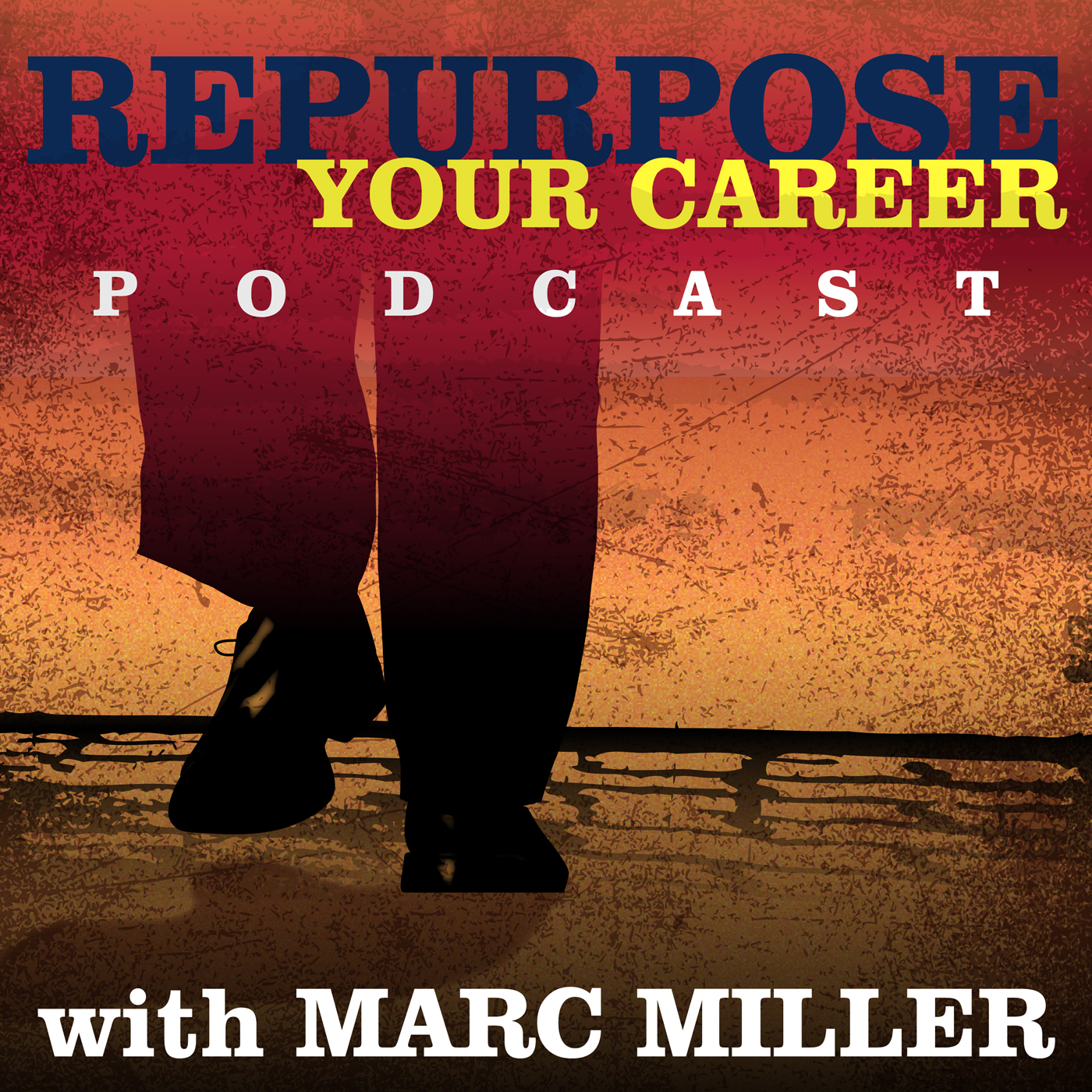Health Insurance and Employment

It’s a question that has puzzled a large number of people for quite some time now – just how did health insurance get closely tied to employment?
Like so many things, this dates back to wartime innovation. In particular, innovation in the United States because of the needs of World War II and the manpower requirements to service the industrial machine.
Congress in the Stabilization Act of 1942
Executive Order 9328, signed by President Franklin D. Roosevelt, invoked powers given him by Congress in the Stabilization Act of 1942, implemented in an effort to control wartime inflation. The order froze prices nationwide on anything that could affect the cost of living (which was effectively everything). The Act also prohibited wage increases and employment changes except in special circumstances, allowing the federal government to control the price of all you buy, where you worked, and how much you made.
As you can probably imagine, this didn’t sit well with workers or employers. Patriotic fervor only sustains you so far when you run up against those kinds of restrictions in employment, and particularly income. Wartime employers (especially in essential manufacturing sectors) needed to find something to dangle in front of potential workers to get them to sign up.
They were tossed a lifeline by the War Labor Board: wage and price controls did not apply to certain fringe benefits, leading many employers to institute Employer-Sponsored Health Insurance (ESI). This was the way that employers found to effectively give the workers more money without running afoul of the government wage freezes that had been hurting recruitment.
National Labor Relations Board
It began the strong modern link between employment and ESI, which grew even stronger when the National Labor Relations Board ruled in the late 40s that health insurance and other employee benefit plans were subject to collective bargaining. This removed one of the big objections that the various unions had to employer-offered insurance – that it could weaken power and union recruitment in the workplace. This ruling strengthened their organizing position for their membership.
Finally, what made it incredibly desirable to employers as a benefit to offer (and long after the end of WWII) in 1954 the Internal Revenue Service decreed that health insurance premiums paid by employers were exempt from income taxation. A bonus was it also applied to employees.
Workers, for their part, saw the benefit of ESI rather quickly when they realized how it offered them protection over time from the increasing costs of medical care. With the advancements in medical technology and treatments (many brought on by and discovered during the war years), costs were rising as time went by. Unions negotiated into their collective bargaining agreements better and better healthcare as part of the contract.
The war and postwar years were a positive boom for ESI for all the parties involved. In 1940, only 9.8% of Americans had some kind of medical insurance; by 1946, the number had grown to just under 30%. (By 1964, almost 80% of the population had some form of health insurance.)
Until…
The ready availability of ESI to workers at most major companies tended to promote overconsumption of healthcare, and a lack of ability to contain costs of care provided. Consequently, ESI premiums started to rise along with the costs – with employers that provided ESI bearing the brunt of those premiums, a legacy of the war years.
Something was going to give, and it started happening when changes in the marketplace began taking effect in the last few decades. Shifts in population dynamics and income changes plus an aging workforce affected premium payments, increasing costs that employers could no longer bear and stay viable.
..and more and more employers are no longer offering ESI at all, citing this as the reason.
Today, just over 50 percent of Americans enjoy some kind of employer-sponsored medical insurance, though employees now contribute far more toward annual premiums, and may have significant co-payments, high deductibles and other features that limit the value of that coverage.
In some ways, the Affordable Care Act has only accelerated these trends. As had been predicted, there have been employers who directed their workers to the ACA exchanges rather than bear the brunt of ESI coverage on the bottom line.
It all started with the war. It looks like it’s going to finish on a different kind of battlefield: one comprised of spreadsheets and shifting employment and population demographics.
__________
 This post was written by John Lewis. John was born in Europe and came by both wanderlust and curiosity from that beginning.He trained for a career in radio, TV, and print media before promptly giving all that up to spend 30 years in the jewelry industry. Once the lure of shiny things faded for him, he embarked on the Second Act in life as a Scuba Instructor, at one point with three separate International agencies. A stroke beached him in 2014, causing him to come full circle to his original training as a writer and video editor/ producer. He considers this his Third Act in Life.
This post was written by John Lewis. John was born in Europe and came by both wanderlust and curiosity from that beginning.He trained for a career in radio, TV, and print media before promptly giving all that up to spend 30 years in the jewelry industry. Once the lure of shiny things faded for him, he embarked on the Second Act in life as a Scuba Instructor, at one point with three separate International agencies. A stroke beached him in 2014, causing him to come full circle to his original training as a writer and video editor/ producer. He considers this his Third Act in Life.
Like What Your Read? Get Career Pivot Insights
Do You Need Help With ...

Check out our Help Center where you have access to 14 different content portals.



Thank you John for the historical background on the beginnings of our health insurance industry someday blanket coverage health insurance will only be for the elite everybody else will be paying high premiums with meager benefits. Another option is to follow the example of Marc Miller and relocate to Mexico or other country with lower health care costs.
Thank you. I’m glad that you enjoyed it, and I hope that you found it informative.